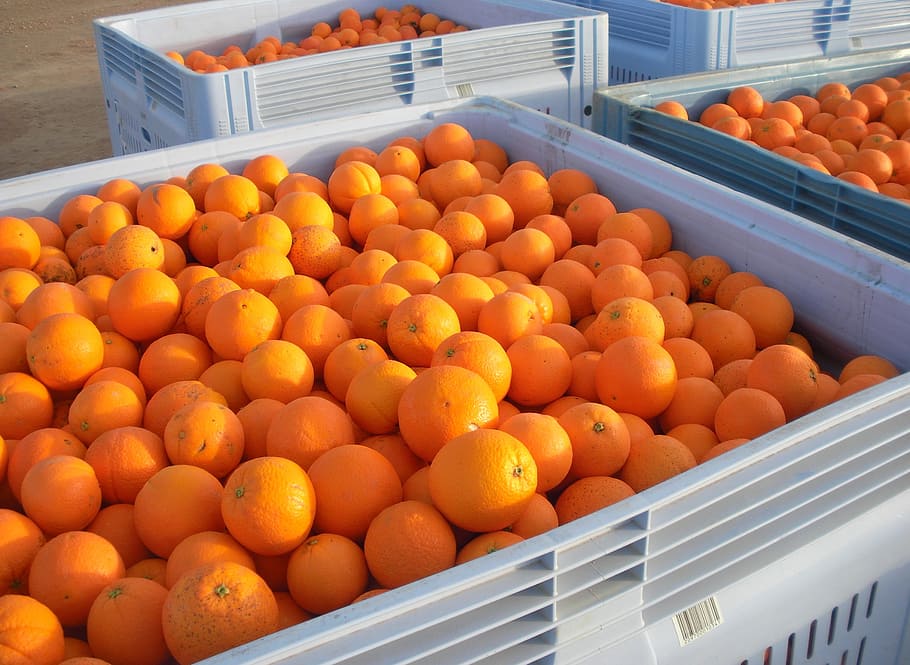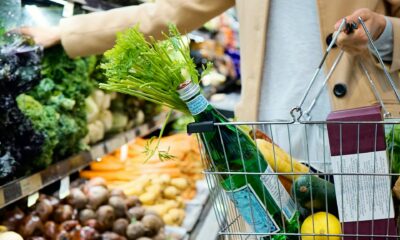Business
South Africa’s Farm Exports to the US Soar 26% as Tariff Clock Ticks

South African farmers and exporters are riding a temporary high. In the second quarter of 2025, the country’s agricultural exports to the United States shot up by 26%, climbing to $161 million (R2.7 billion). But behind the numbers lies a bigger question: how long can this boom last if Washington slaps higher tariffs on local produce?
Citrus, Wine, and Nuts Lead the Surge
According to data released by the Agricultural Business Chamber of South Africa (Agbiz), the spike was fueled by South Africa’s heavyweightscitrus, wine, fruit juices, and nuts. These have long been the backbone of agricultural trade with the US.
Wandile Sihlobo, chief economist at Agbiz, believes exporters were making the most of a 90-day pause on tariff hikes. “It appears that some exporters may have taken advantage of the pause and pushed more volume than usual during that period,” he explained. A bumper fruit harvest added further momentum, far outpacing the average quarterly growth of about 9%.
A Fragile Win in a Bigger Trade Battle
South Africa has benefited from preferential access to US markets under the African Growth and Opportunity Act (Agoa) since 2000. But as the deal nears its next review, jitters remain. Sihlobo warned that the country’s agricultural fortunes are closely tied to whether Pretoria and Washington can strike favorable terms.
“From now on, a great deal hinges on securing favourable trade terms with the US,” he said, adding that South Africa also urgently needs to diversify export markets, particularly within BRICS countries like China, India, and Saudi Arabia, where tariffs and technical barriers remain stubborn obstacles.
Farmers Playing the Short Game
Industry leaders echoed the sentiment that the surge is more a short-term hustle than a long-term guarantee.
-
Agri SA president Jaco Minnaar noted that the 90-day extension gave farmers and exporters breathing room to move stock before tariffs hit. But he cautioned that the full effect would only be clear once a year’s worth of data is in.
-
TLU SA’s Bennie van Zyl was more blunt: “If the normal market used to be the American market, they will use that and actually export as much as they can before tariffs become a reality.”
Local Reactions and What’s at Stake
On social media, the spike has drawn mixed reactions. Farmers’ groups are celebrating the export win, while trade analysts are pointing out that it may be a sugar rush, a sharp rise followed by a slowdown if tariffs bite.
For South Africa’s agricultural community, the stakes couldn’t be higher. The US market may not account for the lion’s share of national exports, but for industries like citrus, it’s a vital outlet. Any disruption could ripple through rural communities that rely heavily on farming jobs.
Beyond the US: Searching for New Gateways
The conversation now stretches beyond Washington. Sihlobo has urged that BRICS discussions move from “rhetoric of intentions” to meaningful trade arrangements that can lower barriers and open doors for South African farmers.
As Minnaar put it, “Markets are fluent, and products flow where resistance is least.” If the US becomes a tougher nut to crack, South Africa may be forced to look harder eastward to China, India, and the Middle East for the next growth chapter.
The 26% surge is a win, but it’s also a warning: South Africa can’t afford to lean too heavily on temporary trade windows. With tariffs looming, diversification is no longer a luxury, it’s survival.



























